Intro
Discover knee joint effusion symptoms, causes, and treatments. Learn about swelling, pain, and stiffness, and how to manage knee effusion with physical therapy and medication, relieving inflammation and restoring joint mobility.
Knee joint effusion, also known as water on the knee, is a condition characterized by the accumulation of excess fluid in the knee joint. This condition can be caused by a variety of factors, including injury, infection, or underlying medical conditions such as arthritis. The symptoms of knee joint effusion can vary in severity and impact daily life, making it essential to understand the signs and seek medical attention if necessary.
The knee joint is a complex structure consisting of bones, ligaments, tendons, and fluid. The fluid, known as synovial fluid, plays a crucial role in reducing friction between the joint's moving parts and providing nutrients to the surrounding tissues. However, when the knee joint is injured or inflamed, the body may produce excess fluid, leading to effusion. This excess fluid can cause the knee to swell, become painful, and limit mobility.
Knee joint effusion can be acute or chronic, depending on the underlying cause and duration of the symptoms. Acute effusion is typically caused by a sudden injury, such as a blow to the knee or a ligament sprain, while chronic effusion is often associated with ongoing conditions like osteoarthritis or rheumatoid arthritis. Understanding the underlying cause of knee joint effusion is crucial for developing an effective treatment plan and preventing further complications.
Knee Joint Effusion Causes
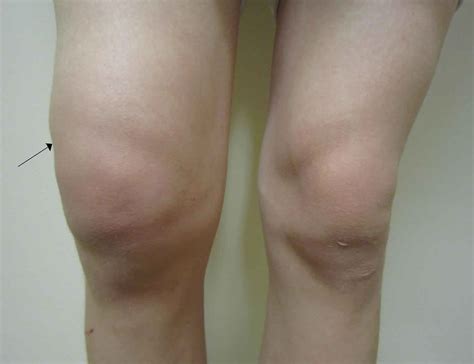
Types of Knee Joint Effusion
Knee joint effusion can be classified into different types based on the underlying cause and characteristics of the excess fluid. These types include: * Serous effusion, characterized by a clear, watery fluid * Hemorrhagic effusion, characterized by a bloody fluid * Purulent effusion, characterized by a cloudy, infected fluid * Traumatic effusion, characterized by a sudden onset of symptoms following an injuryKnee Joint Effusion Symptoms
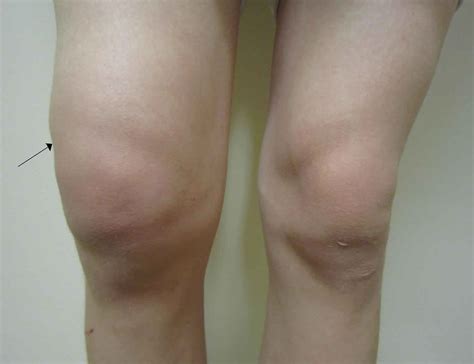
Knee Joint Effusion Diagnosis
Diagnosing knee joint effusion typically involves a combination of physical examination, medical history, and imaging tests. A healthcare professional may: * Perform a physical examination to assess knee mobility and tenderness * Take a medical history to identify underlying conditions or recent injuries * Order imaging tests, such as X-rays or MRI scans, to visualize the knee joint and surrounding tissues * Aspirate the excess fluid to analyze its characteristics and identify potential infectionsKnee Joint Effusion Treatment
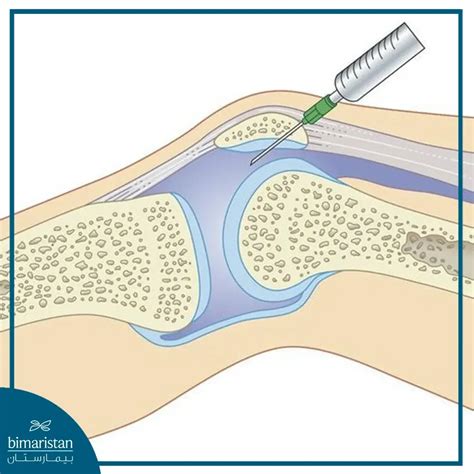
Knee Joint Effusion Prevention
Preventing knee joint effusion involves a combination of lifestyle modifications and protective measures. These include: * Maintaining a healthy weight to reduce stress on the knee joint * Engaging in regular exercise to strengthen surrounding muscles * Wearing protective gear, such as knee pads, during high-risk activities * Avoiding overuse or repetitive strain on the knee joint * Seeking medical attention promptly if symptoms occurKnee Joint Effusion Complications
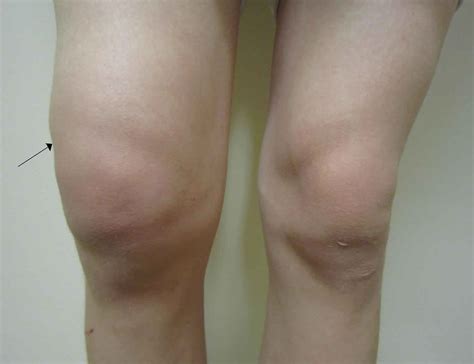
Knee Joint Effusion Prognosis
The prognosis for knee joint effusion depends on the underlying cause, severity of symptoms, and effectiveness of treatment. With prompt medical attention and proper treatment, most people can recover from knee joint effusion and regain normal knee function.Knee Joint Effusion Rehabilitation
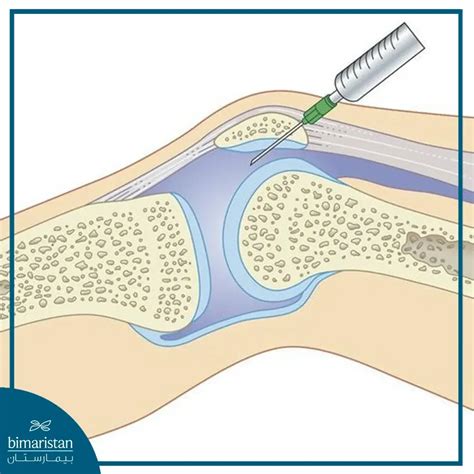
Knee Joint Effusion Exercises
Exercises for knee joint effusion can help improve mobility, strength, and function. These exercises may include: * Range-of-motion exercises, such as bending or straightening the knee * Strengthening exercises, such as squats or lunges * Balance and proprioception exercises, such as single-leg standing * Flexibility exercises, such as hamstring or quadriceps stretchesKnee Joint Effusion Management
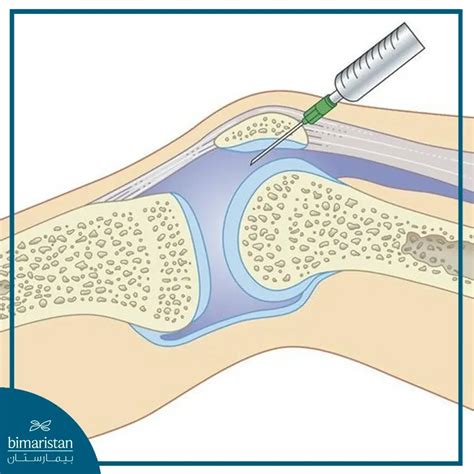
Knee Joint Effusion Follow-up
Follow-up care for knee joint effusion is essential to monitor progress, address complications, and adjust treatment plans as needed. This may involve: * Regular check-ups with a healthcare professional * Imaging tests or laboratory analyses to monitor the knee joint and surrounding tissues * Adjustments to medication or treatment plans * Referral to a specialist, such as an orthopedic surgeon or rheumatologist, if necessaryWhat are the common causes of knee joint effusion?
+Knee joint effusion can be caused by a variety of factors, including traumatic injuries, infections, inflammatory conditions, degenerative conditions, and overuse or repetitive strain on the knee joint.
How is knee joint effusion diagnosed?
+Diagnosing knee joint effusion typically involves a combination of physical examination, medical history, and imaging tests, such as X-rays or MRI scans.
What are the treatment options for knee joint effusion?
+Treatment options for knee joint effusion depend on the underlying cause and severity of symptoms, but may include rest, ice, compression, and elevation (RICE), pain relief medications, physical therapy, aspiration or drainage of the excess fluid, antibiotics or antiviral medications, and surgery.
Can knee joint effusion be prevented?
+Preventing knee joint effusion involves a combination of lifestyle modifications and protective measures, such as maintaining a healthy weight, engaging in regular exercise, wearing protective gear, avoiding overuse or repetitive strain on the knee joint, and seeking medical attention promptly if symptoms occur.
What are the potential complications of knee joint effusion?
+If left untreated, knee joint effusion can lead to complications, such as chronic pain or limited mobility, increased risk of infection or sepsis, damage to surrounding tissues, osteoarthritis or other degenerative conditions, and reduced quality of life or disability.
We hope this article has provided you with a comprehensive understanding of knee joint effusion, its causes, symptoms, treatment options, and prevention strategies. If you have any further questions or concerns, please do not hesitate to comment below or share this article with others who may benefit from this information. Remember to prioritize your knee health and seek medical attention promptly if you experience any symptoms or concerns. By working together, we can promote healthy knees and prevent complications associated with knee joint effusion.
